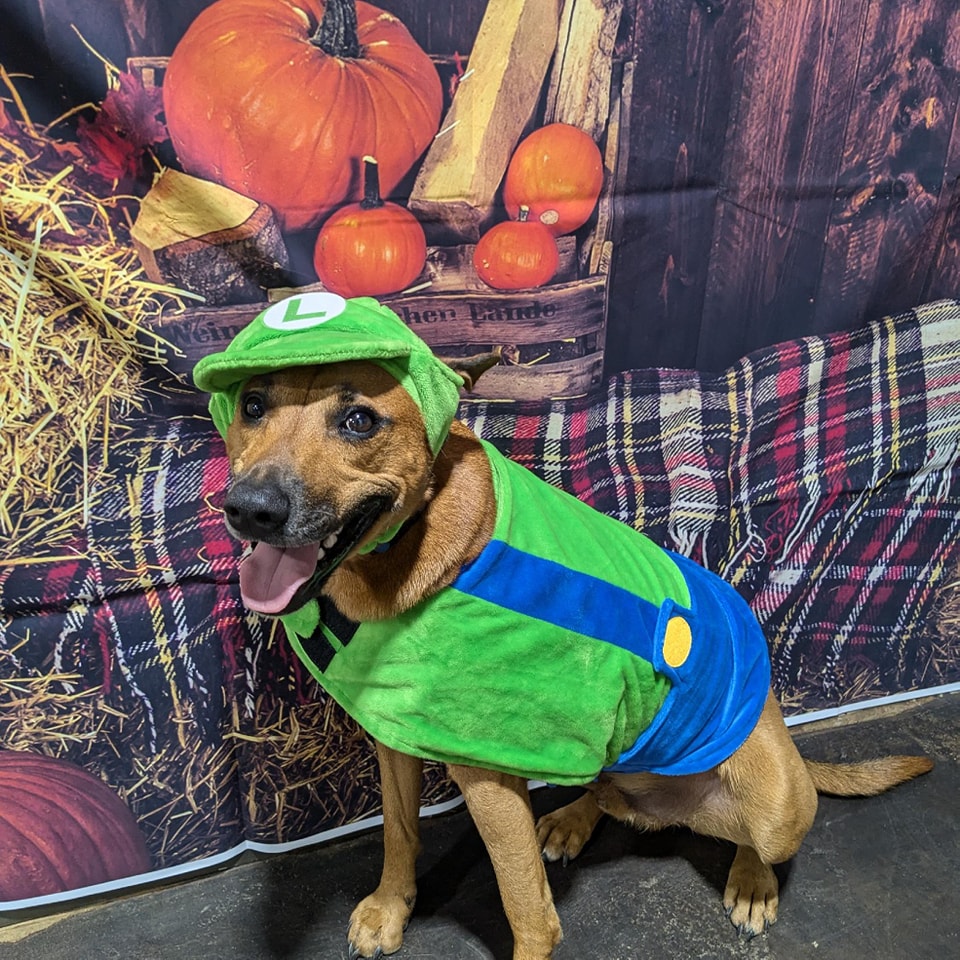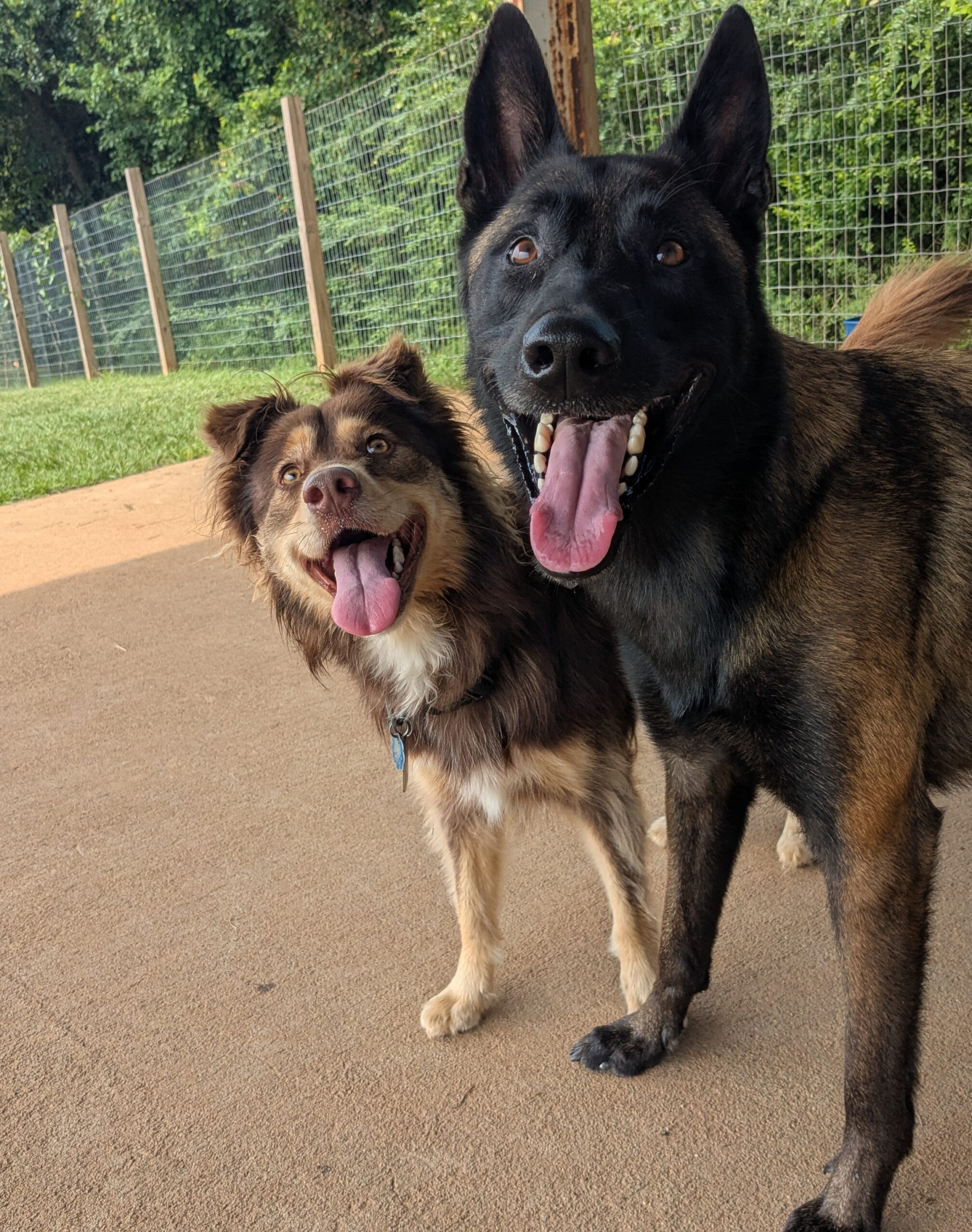Training a dog can sometimes feel overwhelming, especially when you’re trying to correct unwanted behaviors. Many pet owners worry that they need to scold or punish their dog to see results, but research and modern training methods show that positive reinforcement is far more effective. Positive reinforcement focuses on rewarding desirable behaviors rather than punishing mistakes. This approach strengthens the bond between you and your dog, promotes learning, and creates a happy, confident pet.
Understanding how positive reinforcement works and how to apply it correctly can help dog owners address behavioral challenges, encourage good habits, and maintain a nurturing environment for their furry companions.
What Is Positive Reinforcement?
Positive reinforcement is a training method in which a dog receives a reward immediately after performing a desired behavior. The reward can be treats, praise, toys, or playtime—anything the dog finds motivating. The goal is to encourage the dog to repeat that behavior in the future.
Unlike punishment-based training, which relies on fear or discomfort to stop unwanted behaviors, positive reinforcement emphasizes rewarding success. This method has been scientifically proven to be more effective and long-lasting, and it helps build trust between pet and owner. Dogs trained with positive reinforcement are generally more eager to learn, less anxious, and more responsive in a variety of situations.
Why Positive Reinforcement Works
Dogs are motivated by rewards. When a behavior leads to a positive outcome, they are more likely to repeat it. This principle is rooted in the psychology of learning, often called operant conditioning. Positive reinforcement works because it associates good behavior with a pleasant experience, rather than creating fear or confusion.
For example, if a dog sits on command and receives a treat immediately, they learn that sitting is rewarding. Over time, the dog will perform the behavior more reliably because it consistently produces a positive outcome. In contrast, punishment can create stress and even fear, which can lead to additional behavioral issues such as aggression, hiding, or anxiety.
Common Rewards for Positive Reinforcement
Rewards don’t always need to be edible treats. Effective reinforcement depends on what motivates your individual dog. Common rewards include:
-
Treats: Small, tasty morsels work well for most dogs, especially when starting new behaviors.
-
Praise: Verbal encouragement, petting, or enthusiastic tones can be powerful rewards for many dogs.
-
Toys and Play: Some dogs respond best to interactive toys or a short play session as a reward.
-
Freedom or Access: Allowing a dog to explore, sniff, or run after successfully following a command can also reinforce behavior.
The key is timing—the reward must come immediately after the desired behavior so the dog makes a clear connection.
Practical Examples of Positive Reinforcement
Positive reinforcement can be applied to many everyday situations:
1. Teaching Basic Commands
Commands like “sit,” “stay,” and “come” are learned faster when the dog is rewarded for compliance rather than punished for mistakes.
2. Encouraging Good Manners
Behaviors such as walking calmly on a leash, not jumping on guests, or waiting patiently for food can be shaped using rewards.
3. Reducing Unwanted Behavior
Instead of scolding a dog for chewing furniture, positive reinforcement focuses on rewarding them for chewing appropriate toys. Over time, the dog learns what is acceptable and what is not, without fear or confusion.
4. Socialization
Dogs that are shy or anxious around other dogs or people can benefit from positive reinforcement. Rewarding calm behavior in new environments encourages confidence and reduces stress.
Benefits of Positive Reinforcement
Strengthens the Human-Dog Bond
Positive reinforcement fosters trust. Dogs learn to associate you with good things, creating a stronger, happier relationship.
Reduces Anxiety and Stress
Punishment can trigger fear or stress, while rewarding good behavior encourages confidence and reduces anxiety.
Promotes Long-Term Learning
Behaviors taught with rewards are more likely to stick over time. Dogs trained this way tend to be more consistent in their actions.
Encourages Willing Participation
Rather than performing out of fear, dogs trained with positive reinforcement choose to cooperate, making training a more enjoyable experience for both dog and owner.
Tips for Successful Positive Reinforcement
-
Be Consistent: Reward the behavior every time in the beginning. Consistency helps your dog understand exactly what is expected.
-
Keep Rewards Small and Frequent: Short, frequent rewards are more effective than large, rare rewards.
-
Timing Matters: The reward must come immediately after the behavior so the dog connects the two.
-
Adjust Rewards to the Dog: Observe what your dog values most—some prefer treats, others toys or play.
-
Gradually Fade Treats: Once the behavior is established, slowly reduce the frequency of treats and rely more on praise or play to maintain the behavior.
Common Misconceptions About Positive Reinforcement
Some people worry that positive reinforcement will “spoil” their dog or make them manipulative. In reality, rewarding good behavior encourages cooperation, not entitlement. Dogs learn boundaries and expectations through consistent reinforcement, not fear. Positive reinforcement does not mean ignoring bad behavior; it means redirecting the dog toward desirable actions and rewarding those actions.
Another misconception is that positive reinforcement is only for puppies. In fact, dogs of all ages respond well to this training method. Even adult dogs can learn new behaviors or overcome unwanted habits when training is based on rewards rather than punishment.
Conclusion
Positive reinforcement is a proven, humane, and effective way to train dogs while building a strong bond. By rewarding desirable behaviors, owners can teach commands, improve manners, and reduce anxiety without resorting to punishment. This approach creates confident, happy dogs who are eager to learn and interact positively with their environment.
Whether you are teaching a new puppy the basics or helping an adult dog overcome unwanted habits, positive reinforcement provides a path to success that is both enjoyable and sustainable. Understanding your dog’s motivations, timing your rewards correctly, and remaining consistent ensures that training is productive, stress-free, and rewarding for both you and your furry companion.
Using positive reinforcement helps ensure that every pup is happy, confident, and well-adjusted—a goal at the heart of everything we do at SeaPaws. 🐾







